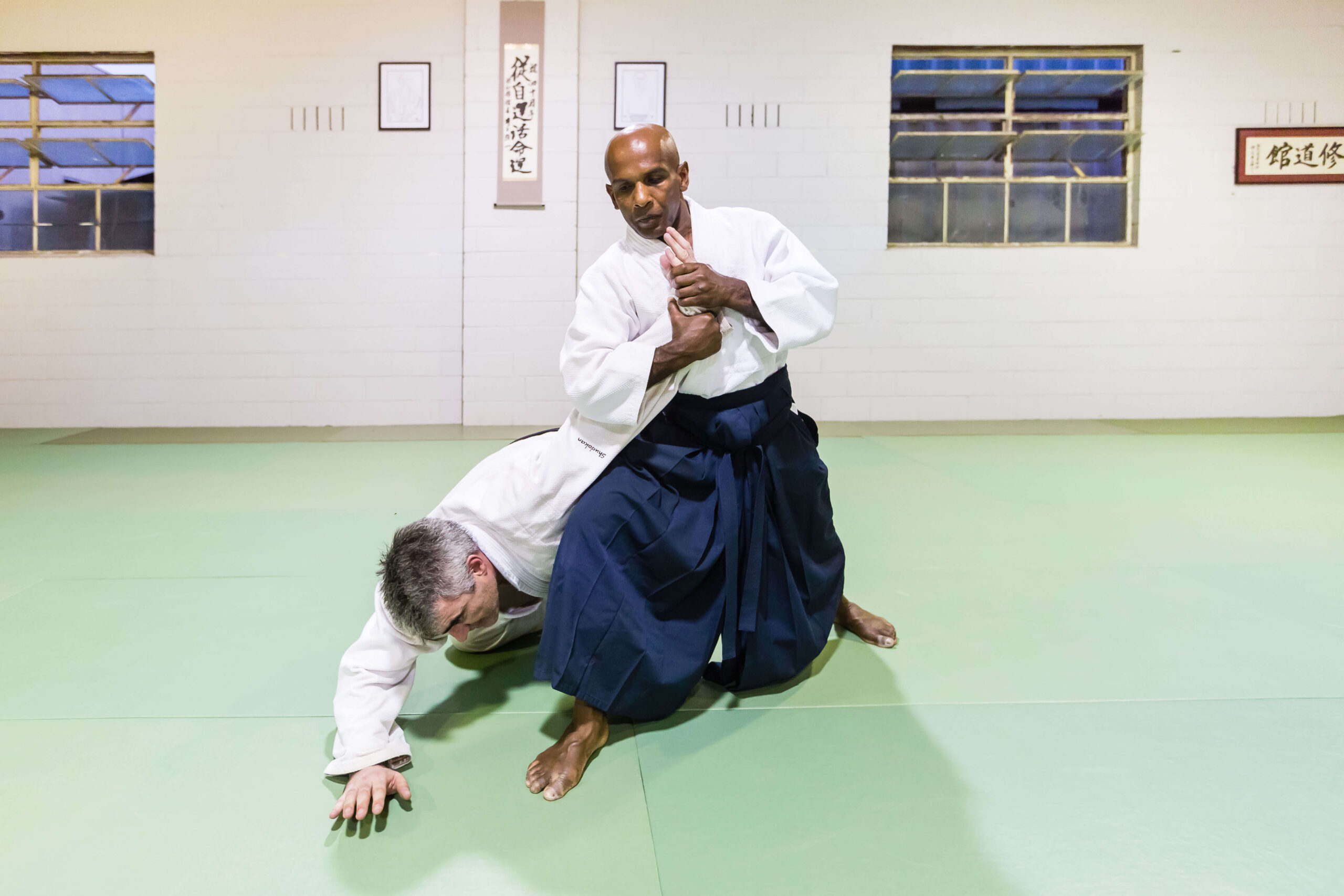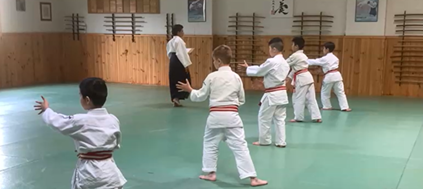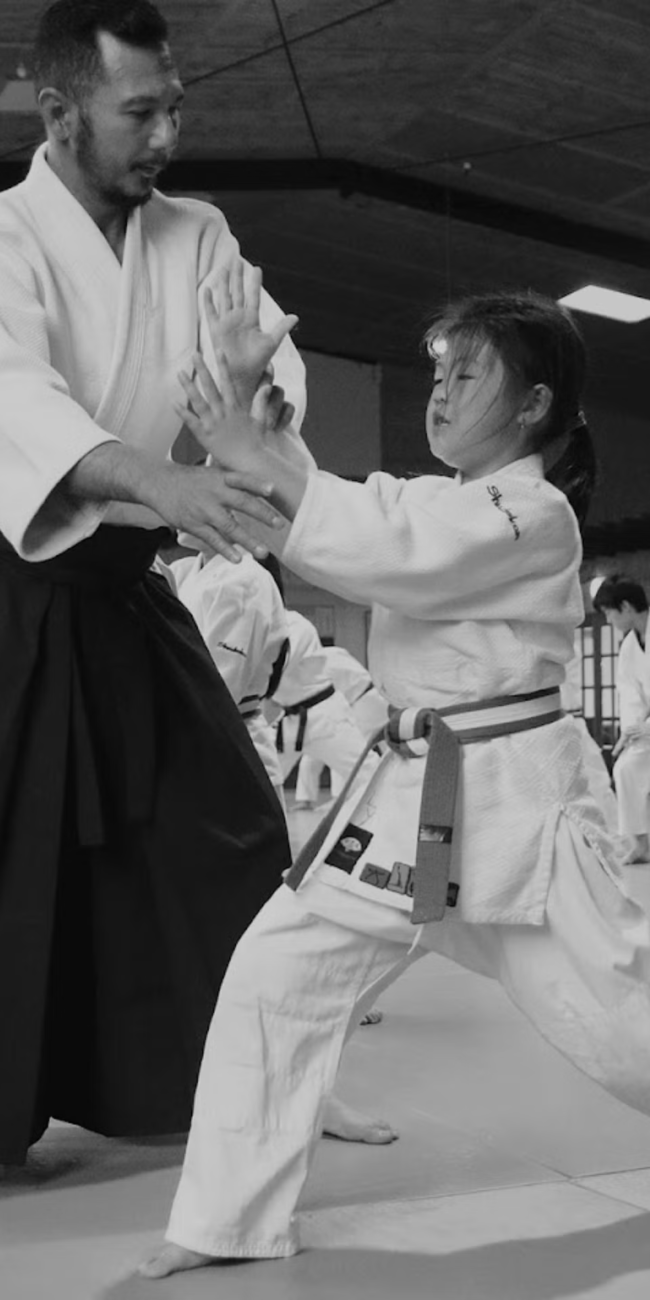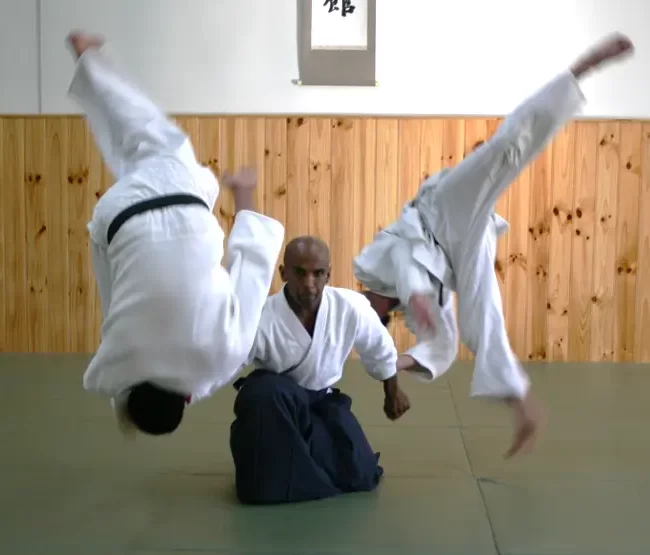
Aikido, a martial art developed in Japan in the early 20th century by Morihei Ueshiba, is often regarded as a unique form of self-defence due to its emphasis on harmony, redirection of force, and non-violent resolution of conflicts. While some martial arts focus on strikes and kicks for self-defence, Aikido takes a different approach by using the opponent’s energy against them. Practical applications of Aikido in self-defence involve understanding how to neutralize attacks without causing unnecessary harm to the aggressor.
One of the fundamental principles of Aikido is blending with the attacker’s energy instead of confronting it directly. This means practitioners learn to move in harmony with an attacker’s movements rather than resisting them. By doing so, Aikido practitioners can redirect an attacker’s force, destabilizing them and diffusing the threat. For example, if someone throws a punch, an Aikido practitioner might step to the side, grab the attacker’s arm, and guide them to the ground using their own momentum.
Another key aspect of Aikido self-defence is controlling the situation through joint locks and immobilization techniques. Aikido techniques often involve manipulating the joints of the attacker, such as wrists, elbows, shoulders, and knees, to control their movements and incapacitate them without causing serious injury. These joint locks can be used to restrain an attacker until help arrives or to create an opportunity to escape from the situation safely.
Aikido teaches practitioners to remain calm and focused even in high-pressure situations. Through regular practice of techniques and controlled sparring (randori), practitioners develop a heightened awareness of their surroundings and the ability to maintain composure when confronted with aggression. This mental discipline is essential for effective self-defence as it allows practitioners to assess threats accurately and respond accordingly without succumbing to fear or panic.
Aikido also emphasizes the importance of timing and distance in self-defence. Practitioners learn to maintain an appropriate distance from the attacker to minimize the risk of being struck while simultaneously positioning themselves to execute techniques effectively. By mastering the timing of their movements, Aikido practitioners can intercept an attack before it gains momentum, giving them the upper hand in a confrontation.
It is important to note that while Aikido techniques can be highly effective in self-defence situations, they require consistent practice and refinement to be applied successfully. Additionally, self-defence is not just about physical techniques but also about awareness, avoidance, and de-escalation strategies. Aikido practitioners are encouraged to develop a holistic approach to self-defence that includes both physical and mental preparedness.
Ultimately, Aikido offers practical applications for self-defence by teaching practitioners how to blend with an attacker’s energy, control the situation using joint locks and immobilization techniques, maintain composure under pressure, and master the timing and distance of their movements. By cultivating these skills, Aikido practitioners can effectively protect themselves and others while minimizing the risk of unnecessary harm.





